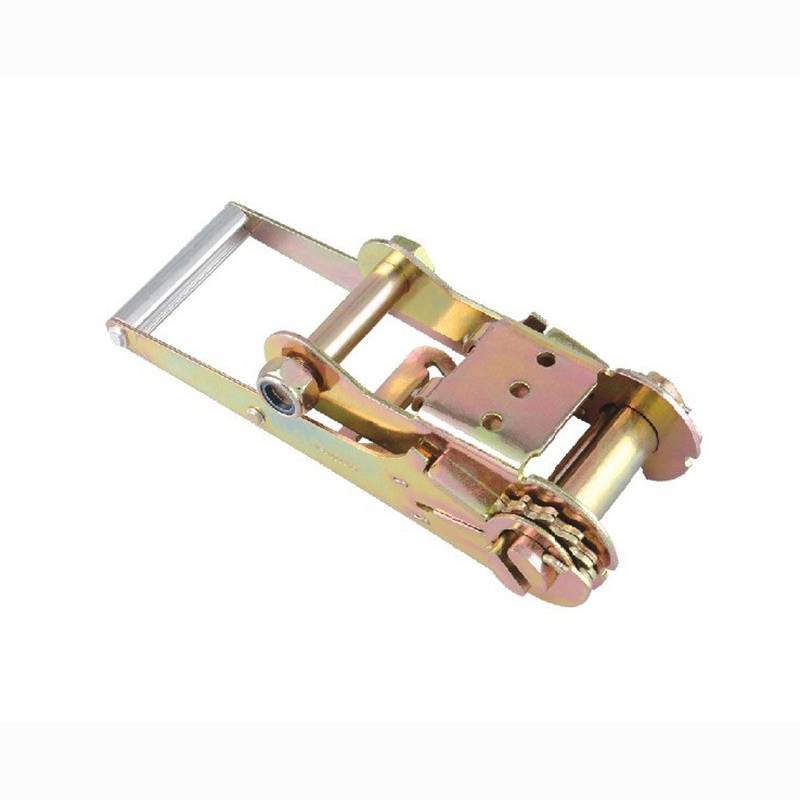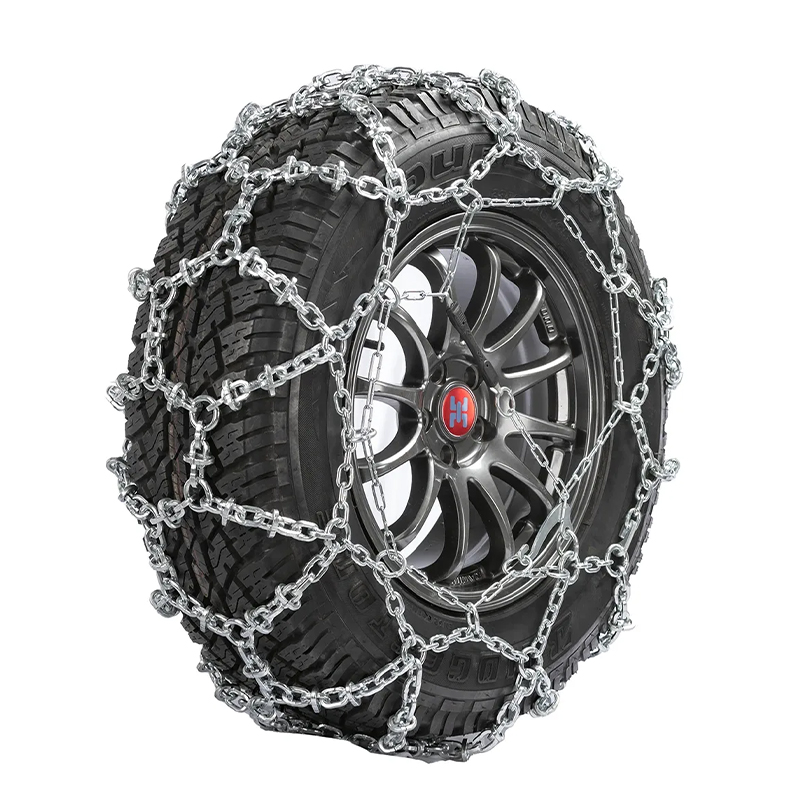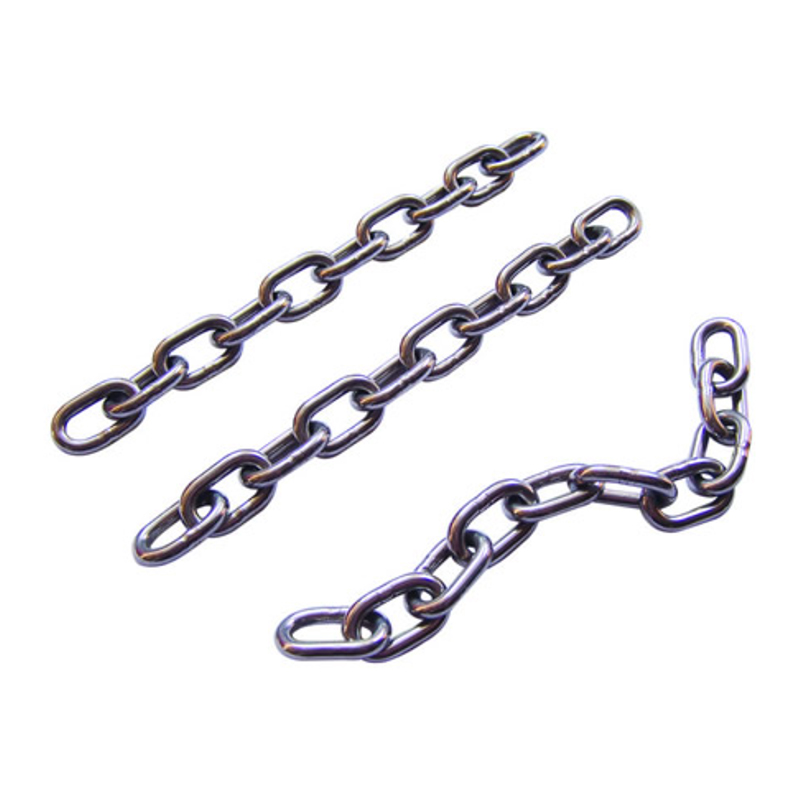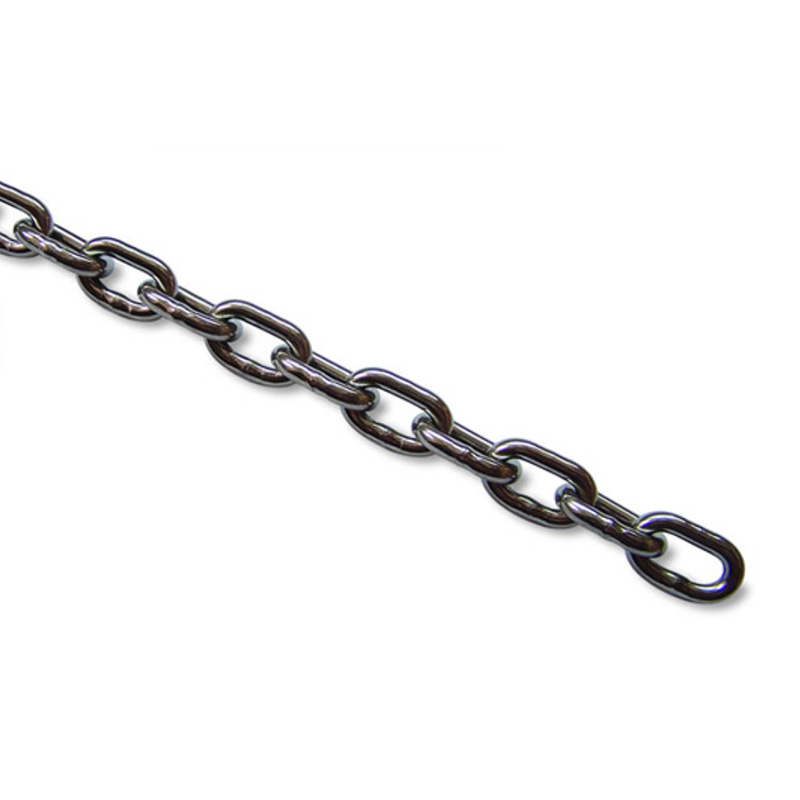Why Choosing Reliable Heavy Duty Sling Suppliers Is Crucial for Operational Safety
In scenarios requiring the lifting of heavy loads, such as construction, port loading and unloading, and industrial handling, heavy duty slings serve as core load-bearing tools. Their quality and performance directly relate to the safety of workers, the integrity of goods, and operational efficiency. The professional capabilities and service standards of heavy duty sling suppliers are precisely the key factors determining sling quality. Reliable suppliers can control quality throughout the entire process, from raw material procurement and production technology to finished product testing, ensuring that slings meet industry safety standards and preventing safety accidents such as sling breakage caused by insufficient material strength or process defects. On the contrary, unregulated suppliers may use inferior materials to cut costs or omit necessary testing procedures, allowing substandard slings to enter the market and burying major hidden dangers for subsequent operations. Additionally, professional suppliers can provide suitable sling solutions based on different operational scenarios, helping enterprises optimize lifting processes and reduce equipment wear. Therefore, selecting reliable heavy duty sling suppliers is not only the foundation for ensuring safety but also an important prerequisite for improving operational efficiency.
Analysis of Qualification Certifications and Product Testing Standards for Heavy Duty Sling Suppliers
To determine whether a heavy duty sling supplier is professional, the first thing to focus on is its qualification certifications and product testing standards. Formal suppliers usually hold authoritative industry certifications, such as ISO 9001 Quality Management System Certification (to ensure standardized production processes), relevant certifications from OSHA (Occupational Safety and Health Administration) (to comply with safe operation requirements), and some suppliers involved in export business may also have international certifications such as CE and FDA, proving that their products can meet the standards of different countries and regions. In terms of product testing, reliable suppliers conduct strict testing on each batch of slings. Core testing items include load-bearing strength testing (simulating actual lifting weights to test the maximum load-bearing limit of slings), wear resistance testing (evaluating the service life of slings through mechanical friction experiments), and corrosion resistance testing (testing the corrosion resistance of sling materials in humid, acidic, and alkaline environments). Furthermore, suppliers must provide detailed testing reports, clearly marking key information such as the material composition, load-bearing level, and service life of the slings. These certifications and test results are important criteria for measuring the reliability of suppliers’ products.
Selection Recommendations for Heavy Duty Sling Suppliers in Different Operational Scenarios
Different operational scenarios have varying performance requirements for heavy duty slings. Therefore, it is necessary to select suitable sling types through suppliers based on scenario characteristics. In construction scenarios, if it is necessary to lift heavy and angular goods such as steel bars and concrete components, wear-resistant synthetic fiber slings or wire rope slings with sheaths provided by suppliers should be selected to prevent the sharp edges of the goods from scratching the slings. At this time, it is necessary to communicate with the supplier about the specific weight, shape, and lifting height of the goods to ensure that the sling load-bearing level matches the operational requirements. In port loading and unloading scenarios, which often involve seawater and humid environments, corrosion-resistant slings (such as galvanized wire rope slings and corrosion-resistant synthetic fiber slings) from suppliers should be given priority, and suppliers should be required to provide explanations of the anti-seawater immersion treatment process for the slings. In precision equipment handling scenarios, to avoid scratches on the equipment surface caused by slings, flexible slings (such as nylon slings) from suppliers should be selected, and it is necessary to confirm whether parameters such as the softness and load-bearing uniformity of the slings meet the equipment protection requirements.
After-Sales Service Scope and Response Efficiency of Heavy Duty Sling Suppliers
The after-sales service of heavy duty slings is an important support for ensuring long-term safe operations. The after-sales service of high-quality suppliers should cover multiple key links. In terms of after-sales content, formal suppliers provide sling installation guidance (helping workers correctly install and use slings through on-site training or video tutorials), regular maintenance recommendations (formulating maintenance cycles and methods based on the frequency of use and environment of the slings), and fault repair services (providing professional repair solutions when slings have slight wear and deformation). If slings are damaged due to quality issues, suppliers must also provide return and exchange services in accordance with agreements. In terms of response efficiency, reliable suppliers establish dedicated after-sales teams and commit to providing feedback within 24-48 hours after receiving requests. For emergency faults (such as sling breakage and abnormal load-bearing), they can arrange technicians to handle on-site to avoid delays in operation progress due to delayed after-sales services.
Production Cycle and Process of Customized Products from Heavy Duty Sling Suppliers
When slings of conventional specifications cannot meet the needs of special operations, it is necessary to rely on the customized services of heavy duty sling suppliers. Their production cycles and processes directly affect the progress of projects. In terms of the production process, professional suppliers first communicate in-depth with customers about customization needs, including the material (such as wire rope, synthetic fiber), specifications (length, diameter, load-bearing level), and special functions (such as high-temperature resistance, anti-static) of the slings, and issue design plans and drawings based on the needs. After the plan is confirmed, suppliers purchase suitable raw materials and complete production through processes such as cutting, weaving, forming, and testing. Some complex customized products also need to undergo sample testing to ensure they meet the needs before mass production. In terms of production cycles, conventional customized products (such as wire rope slings of special lengths) usually take 7-15 days, while customized products involving special materials and complex processes (such as composite material slings with high-temperature resistance and corrosion resistance) may take 20-30 days due to the long procurement cycle of raw materials and many production processes. Suppliers will clearly inform the cycle at the beginning of cooperation to avoid delaying the project.
Practical Methods to Distinguish Product Quality of Heavy Duty Sling Suppliers
When selecting heavy duty sling suppliers, various practical methods can be used to distinguish their product quality. First, observe the appearance of the slings. High-quality slings have a smooth surface, no obvious scratches, burrs, or uneven materials, and clear markings (indicating load-bearing levels, production dates, and supplier information). For wire rope slings, it is necessary to check whether the steel wires are tightly wound and whether there are broken wires; for synthetic fiber slings, it is necessary to confirm whether the fiber weaving is uniform and not loose. Second, check the product qualification documents. Request suppliers to provide raw material testing reports (proving that the materials meet safety standards), finished product testing reports (including test data such as load-bearing, wear resistance, and corrosion resistance), and industry certification certificates to prevent suppliers from providing false qualifications. Finally, on-site inspections can be conducted to visit the supplier’s production workshops and understand the advanced nature of their production equipment, the standardization of process flows, and the completeness of testing equipment. If conditions permit, suppliers can also be required to provide samples for trial use, and the load-bearing capacity, stability, and other performance of the slings can be verified through actual lifting tests.
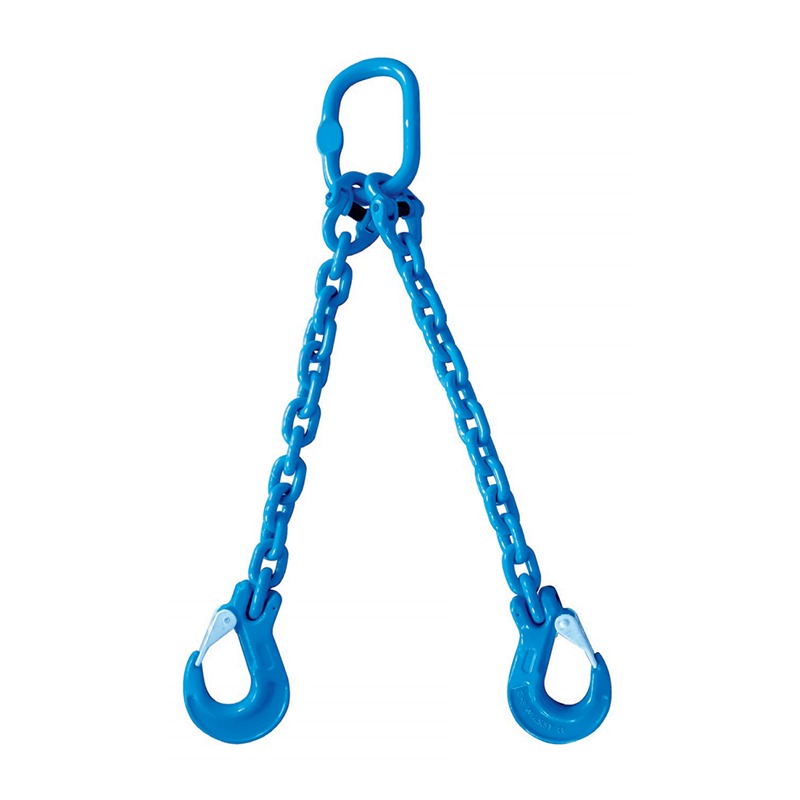

 English
English Español
Español Deutsch
Deutsch 日本語
日本語